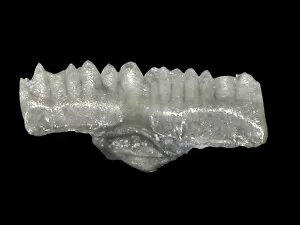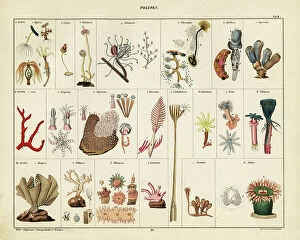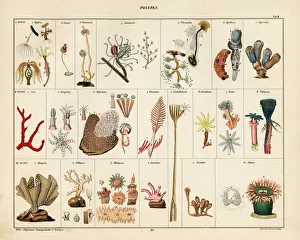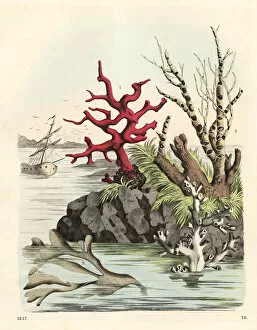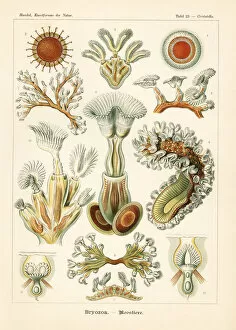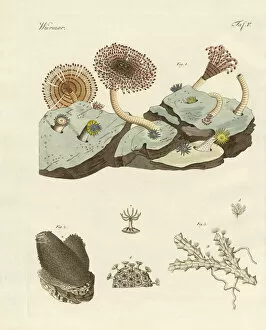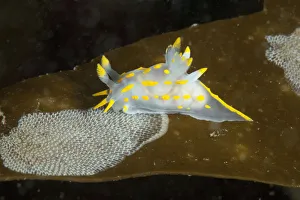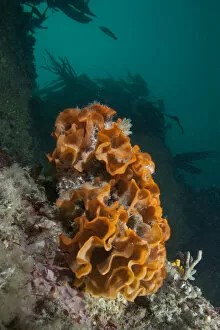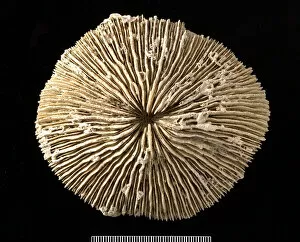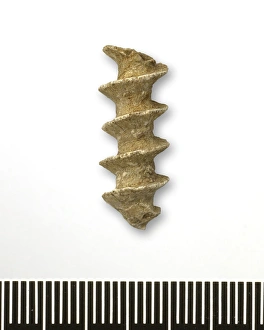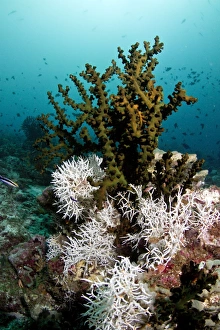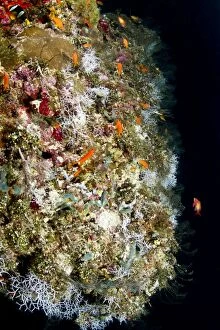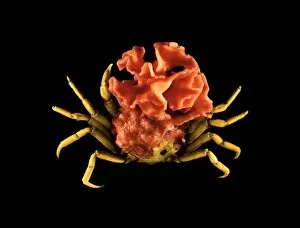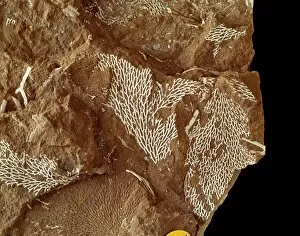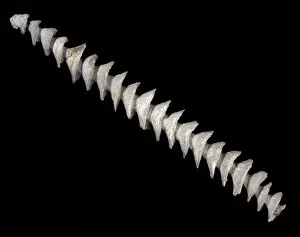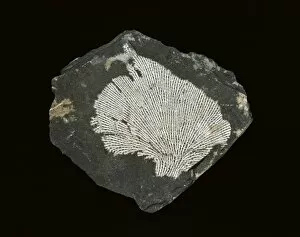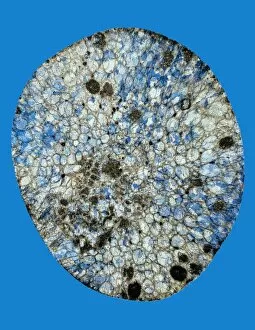Bryozoan Collection
"Bryozoan: A Fascinating World of Underwater Life" Dive into the mesmerizing world of bryozoans
All Professionally Made to Order for Quick Shipping
"Bryozoan: A Fascinating World of Underwater Life" Dive into the mesmerizing world of bryozoans, small aquatic creatures that form colonies and create intricate structures underwater. With names like Ozarkodina remscheiddensis eosteinhornensis and White and yellow nudibranch (Polycera quadrilineata) feeding on a sea mat, these organisms offer a diverse range of colors, shapes, and interactions. Underneath the ocean's surface lies a vibrant ecosystem filled with varieties of corals, seafans, polyps, and sea anemones. These stunning formations provide shelter for countless marine species while adding beauty to our planet's waters. Corals and seaweeds intertwine in harmony as they create breathtaking underwater landscapes. Bryozoa moss animals are another intriguing aspect of this underwater realm. These delicate creatures resemble tiny plants but are actually filter-feeding animals that thrive in various marine environments. Their presence adds depth to the already rich biodiversity found beneath the waves. In this enchanting habitat resides not only bryozoans but also other fascinating organisms such as the Red-bearded bee-eater (Nyctyornis amictus). This colorful bird finds its home amidst zoophytes and animal plants depicted in colored engravings – showcasing nature's artistic flair. Proliferating anemones (Epiactis prolifera) coexist alongside Kelp lace bryozoans, forming a symbiotic relationship where both species benefit from each other's presence. The sight of these thriving communities is truly awe-inspiring. Witnessing moments like the Nudibranch (Polycera quadrilineata) feeding on bryozoan Sea mat (Membranipora membranacea) or encountering Ross Bryozoan (Pentapora fascialis) L Etac at Sark in British Channel Islands offers glimpses into the intricate web of life that exists beneath the waves.

